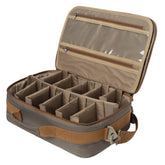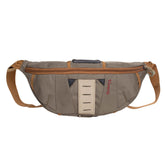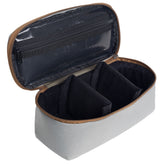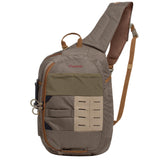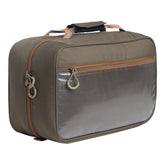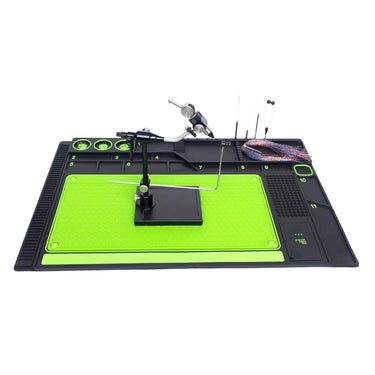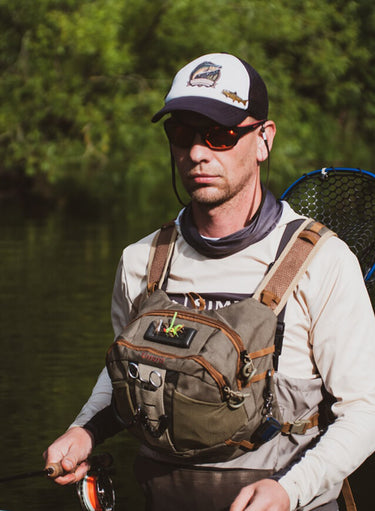Czech Nymph Fly: A Fresh Perspective
Ever have one of those days where the trout act like your dry flies are made of cardboard? [sips coffee] Yeah, me too. That’s when I reach for my Czech nymph box—those little weighted saviors that get down where the fish actually eat. Because let’s be honest, trout won’t politely swim upward for your fly. Rude, right?
So, how’s this bug built? Picture a tiny armored tractor—that’s your Czech Nymph. You’ll want a curved or jig hook, size 8 to 16 (personally, I swear by 12 in murky water, but hey). And it’s gotta be heavy. Like, "lead wire wrapped like a frantic baker’s twist" heavy, or better yet, a tungsten bead for that satisfying plunk when it hits bottom. Most tiers overcomplicate the ribbing—trust me, copper wire’s fine. Body? Dubbing, floss, whatever’s handy. Just keep it segmented, like a mayfly’s gym membership receipt. Then bulk up that thorax with extra dubbing or a shellback, because real nymphs aren’t shy about their curves.
What’s it pretending to be? Pretty much any bug trout slurp off the riverbed—caddis, mayflys (oops, see what I did there?), the usual suspects. The magic’s in the weight and that low-riding profile. It’s not pretty, but neither are rocks, and fish still love ‘em.
Where’s it shine? Fast water, always. Rivers, streams, anywhere with current that’ll drag your unweighted flies into the next zip code. Trout? Grayling? Oh yeah. Fish it Czech-style—short line, tight drift, and keep contact like you’re texting your ex. Some argue for synthetic dubbing… though honestly, if you’ve got hare’s ear—
Anyway, just don’t blame me when you’re re-tying every 10 minutes. Those tungsten beads? They’re kinda fond of snags.



